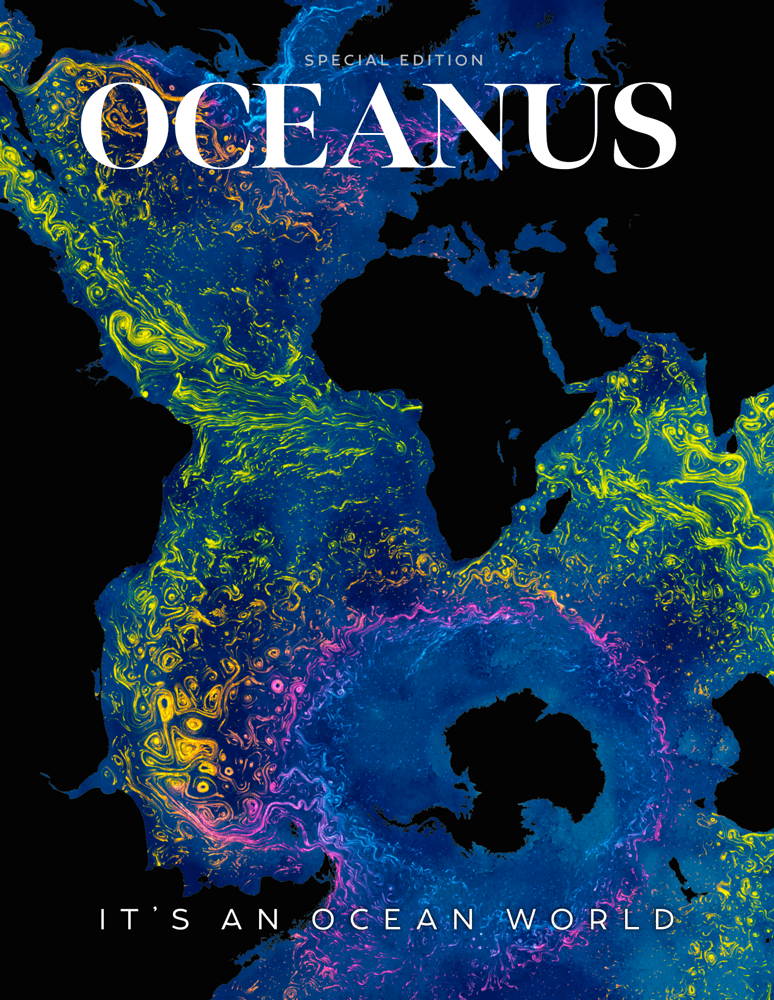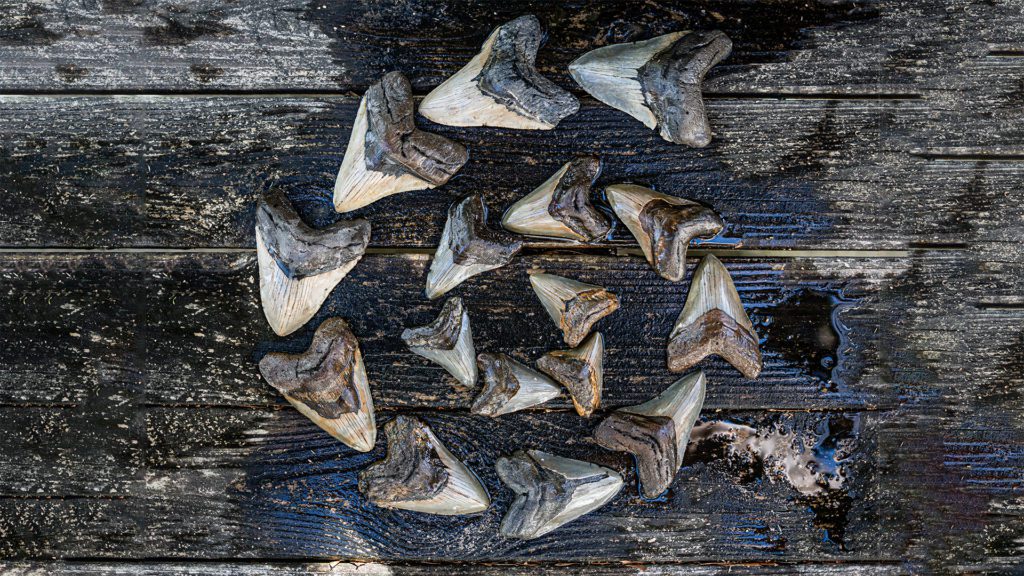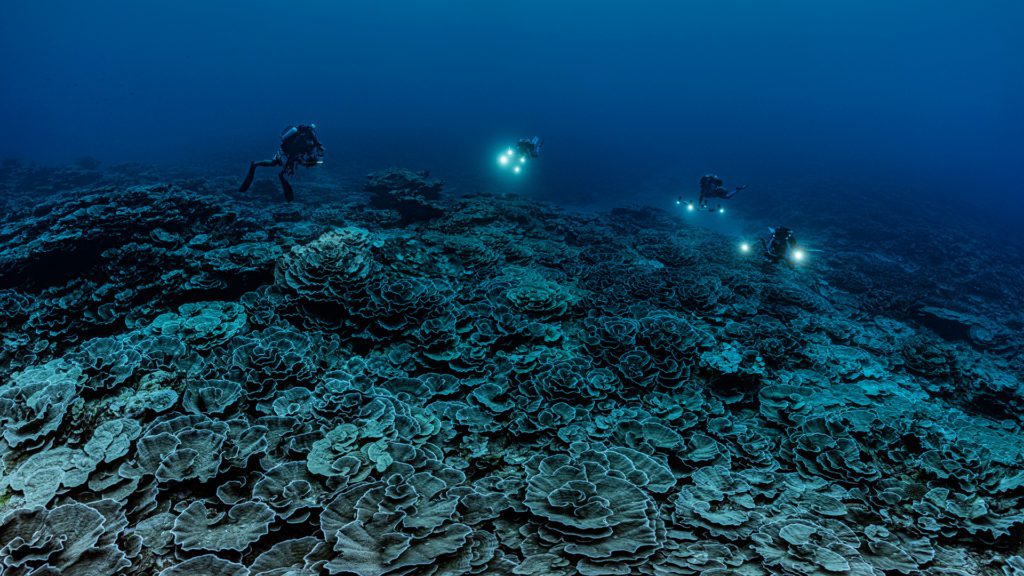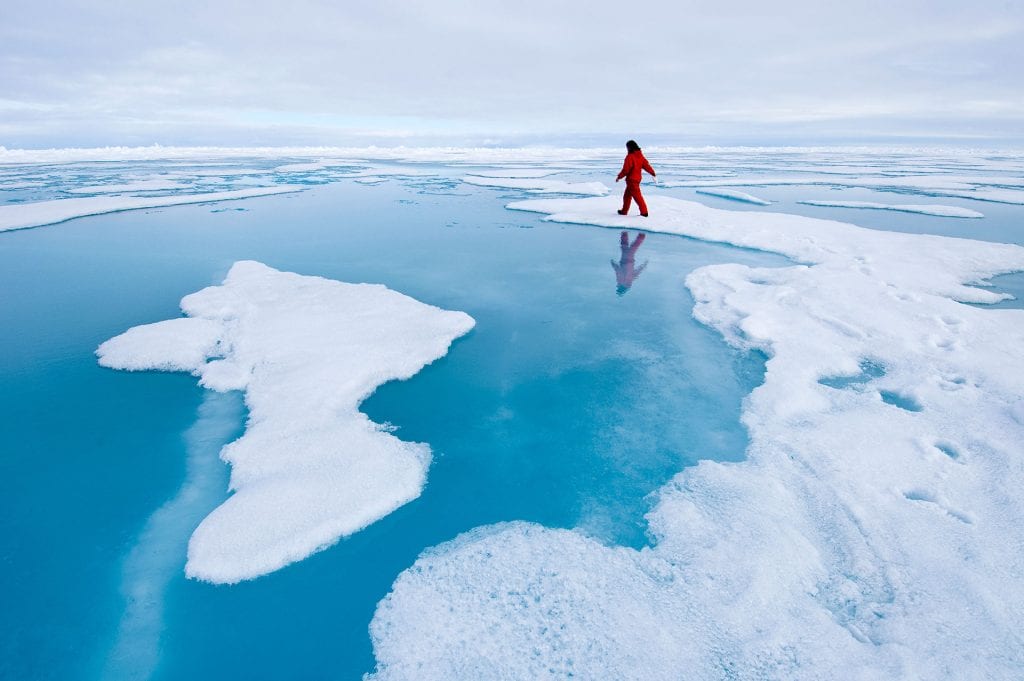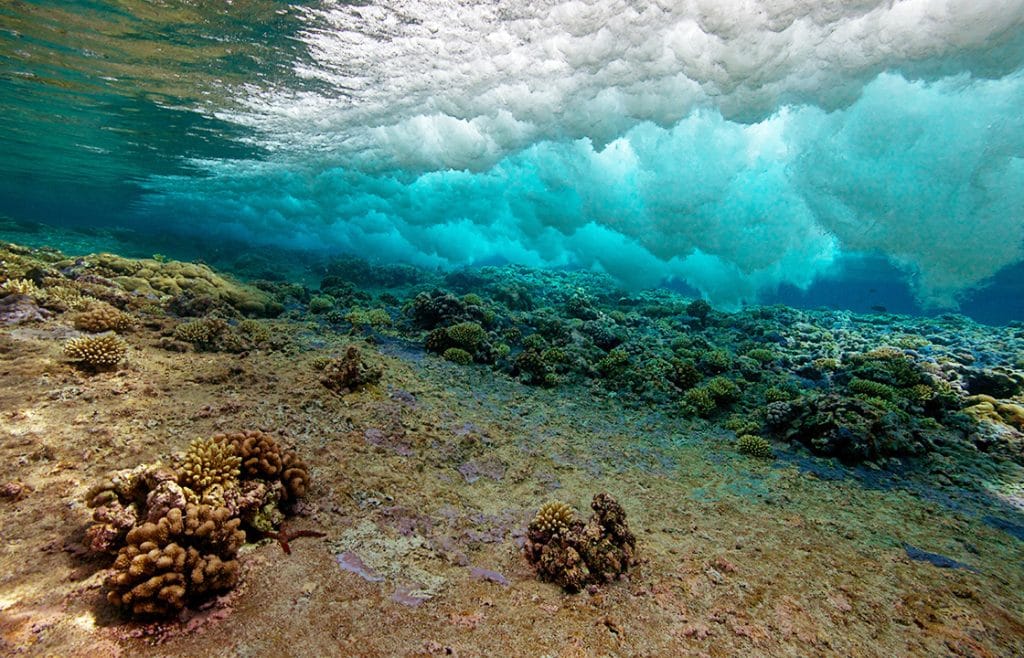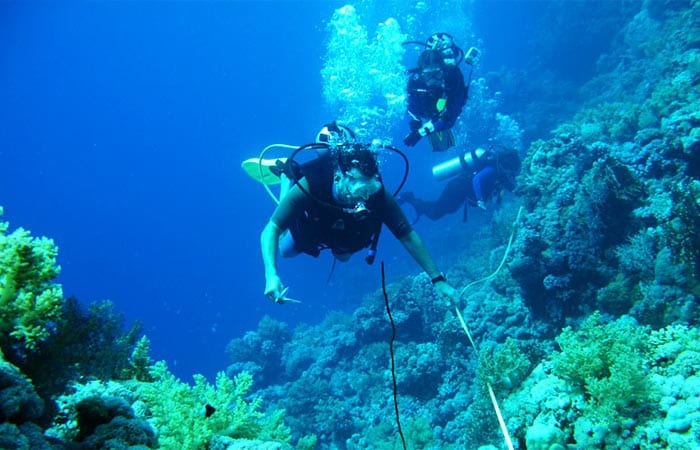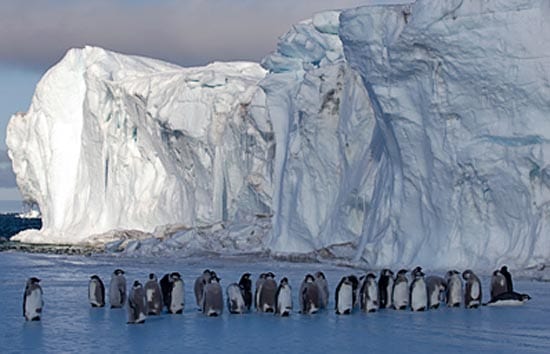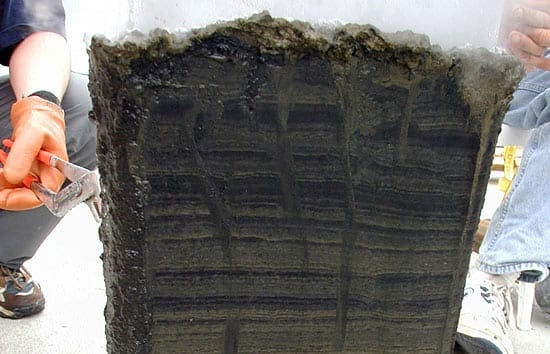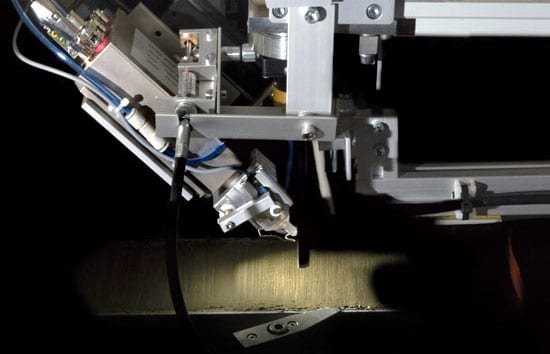Konrad Hughen
Refine by
Date
Topic:
Article Type
Special Series
Author
A bed of roses in the ocean
Flower-shaped corals blossoming off the island of Tahiti offer hope for reefs
Oceans of Change
“THE SEA NEVER CHANGES, AND ITS WORKS, FOR ALL THE TALK OF MEN, ARE WRAPPED IN MYSTERY.” So observed the narrator of “Typhoon,” Joseph Conrad’s 1902 novella. But today, we know that his mariner protagonist…
Coral Coring
Off a small island in the Chagos archipelago in the Indian Ocean, Woods Hole Oceanographic Institution (WHOI) biogeochemists Konrad Hughen and Colleen Hansel use a special underwater drill to take a core sample from a…
Sunspots, Sea Changes, and Climate Shifts
Natural materials such as shells, ice, corals, and tree rings contain clues to help scientists piece together how our oceans, atmosphere, and land have changed in the past. The history of the Earth is recorded…
Analyzing Ancient Sediments at Warp Speed
Like a toy out of a science fiction story, the X-ray fluorescence core scanner reveals intimate details of the composition of ancient mud and sediment–which can contain a variety of clues about past climate and environmental conditions on Earth–without breaking the surface. In a matter of hours, the XRF simultaneously captures digital photographs and X-ray images of every millimeter of a core sample, while detecting the presence of any of 80 chemical elements.
